With the apparition of iOS from Apple, and of Google’s Android, Nokia lost its place on the smart phones market. These days, the company tries to change its old Symbian OS with the Windows Mobile so that it doesn’t completely get off the market. But even Windows mobile was beaten by Google’s Android…With such a famous operating system ready to be abandoned, this seems a great moment to remember some extinct operating systems which were ranked among the best at some point. Here is a list of 10 extinct operating systems, as established by Business Insider.
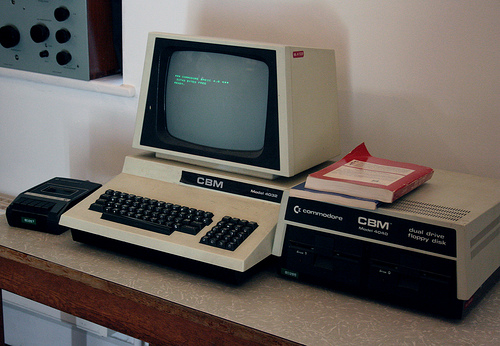
This was a Microsoft operating system which was put on the market in 1981. It was created in order to respond IBM’s request for a compatible OS for its range of personal computers. A popular operating system at its time, it was slowly outrun by others, offering a graphical user interface and especially by other Microsoft generations. It was produced until 2000 and the number of its versions rised to 8.
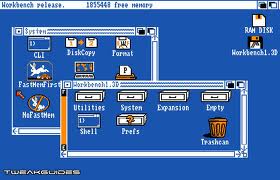
Amiga was produced by Commodore. It came as a big change to what was already on the market, and it was considered the most advanced system on the market. Even some famous products such as the Macintosh seemed old fashioned when compared with the shiny new Amiga and its impressive list of features (4096 colors in HAM mode and preemptive multitasking GUI for example). Unfortunately, Commodore was unable to sell its product properly. After a spectacular launching, the advertisement and even production of Amiga 1000 was stopped in order to expect the release of the Amiga 2000. By the time this happened, two years later, it was too late, and Commodore had lost its advantage. It all finished before it had started.
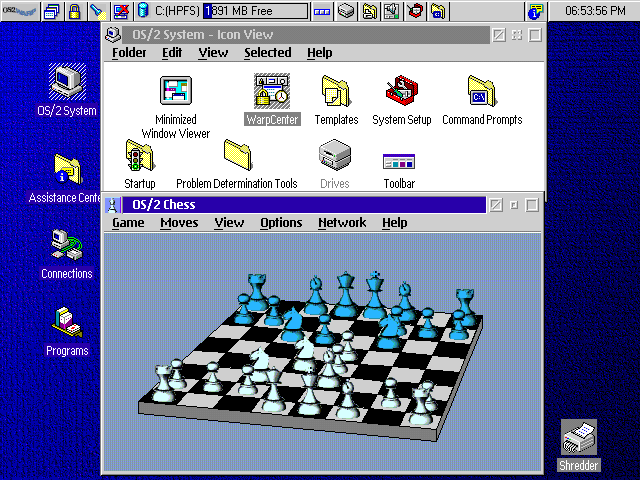
OS.2 stands for Operating System 2 and it was released in 1987, by IBM in partnership with Windows. It was promoted as the system of the feature. However as soon as 1990, the collaboration between the two giants ended, as foreseen by many. It was due to the huge success of Microsoft’s Windows 3.0, which put OS.2 into shadow. This happened mainly because Windows (with MS-DOS) was compatible with all the new computers on the market whereas OS.2 was an expensive stand-alone software package and lacked device drivers for Non-IBM common hardware, such as printers. Today, OS.2 is simply another forgotten operating system.
It was developed by Acorn Computers LTD for their new range of computers. Released in 1987, it changed its name in RISC OS 2 two years later when cooperative multitasking was added. It was compatible to every Acorn model out there and despite predictions, it stuck around up to this day even though it severely decreased popularity. Having given only 5 months, and with no future but that of being replaced by the ARX system which was under development, Arthur, later RISC OS 2 exceeded expectations The ARX project was dropped when the small Arthur started gaining popularity
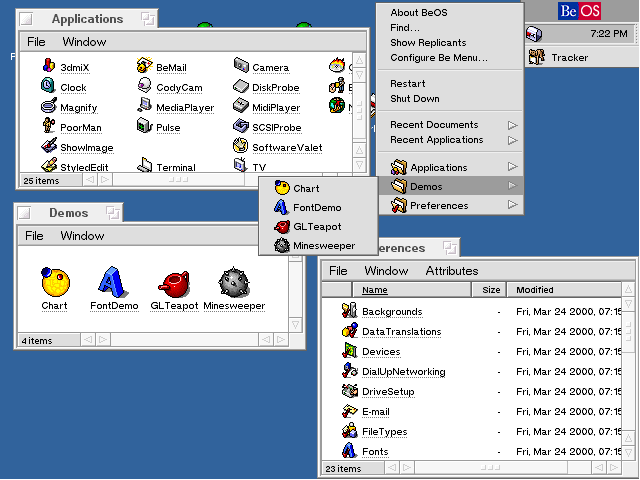
Be Inc. created BeOS in order to run on BeBox hardware. It was designed to run on Power Pc based processors with the hope that Apple would buy the product as a replacer for its Mac OS Classic. Apple tought o buying the entire company but negotiations did not work as predicted, as CEO Gil Amelio did not agree with the price of 300 milion $ asked by Be’s CEO. Later Apple bought Next instead and Be Inc slowly sank into oblivion and BeOS joined the list of forgotten operating systems.
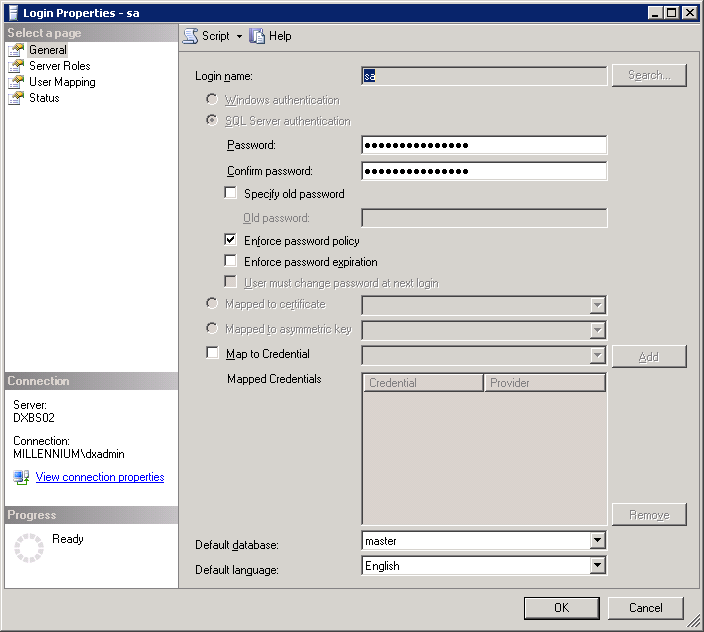
This system first appeared in 1992, under the name XTS 200 and it was created by BAE Systems. A multi-level secure computer operating system, it is multi user and multi tasking in the same time. It provides both ‘untrusted’ background for ordinary uses and a “trusted” background for administrative work. Its top security features managed to save it for drowning. This operating system is used today for military purposes and other technologies which require its qualities.
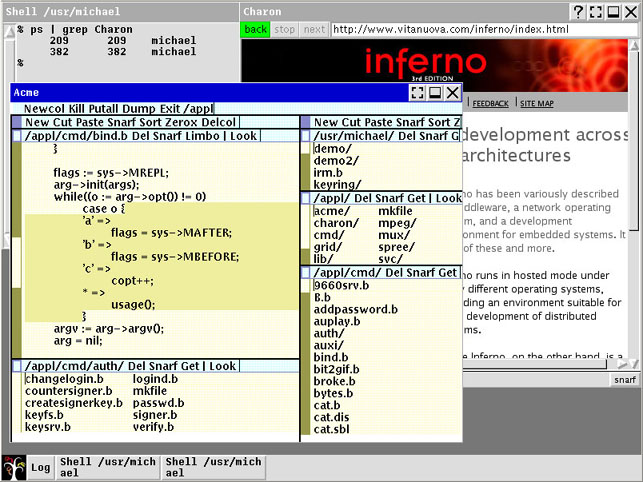
Developed by the Bell Labs at first, it is now promoted by Vita Nuova Holdings as free software. Inferno is a distributed operating system and was never intended to compete with the top OSs on the market. The engineers at the Bell Labs simply tried to bring ideas from plan 9( a research operating system) into a wider range of devices and networks. Three years later, the unit was closed and the product was sold to Vita Nuova.
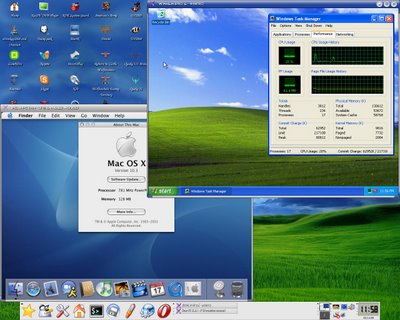
Desktop Linux was especially created for personal computers, in 1996. Nowadays, it is copied, downloaded and distributed for free. While both the company and the operating system are still out there, nobody really uses it. It may still have fans among the tech-savvies who cannot give up this dinosaur but most of us exceeded the Linux moment, if ever had one.
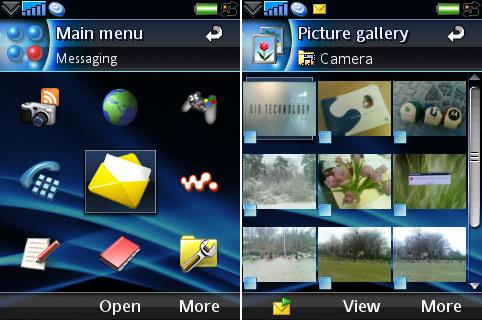
This System is owned by Sony Ericsson, in partenership with Motorola.After being one of the most utilized operating systems in the world, UIQ started a fast decline , and it seems that the end already came for this program. A new UIQ optimized for Touchscreen interface was under development. At the Smartphone show, there were several screenshots shown to the public and it was said that this UIQ, unofficially named UIQ 4, would have provided better Touchscreen options. However, unfortunately, UIQ went into bankruptcy this year after the Symbian Foundation chose the S60 OS for future user interfaces.
Symbian is a famous mobile operating system which was bought by Nokia in 2008, from Symbian Ltd. Apparently, devices based on Symbian represented 29.2% of worldwide smartphone market share in 2011. However, the future does not look bright for this operating system : Nokia recently announced having decided to change from Symbian to Windows Mobile 7. Devices based on Symbian operating system will nevertheless continue to be found several years from now.
1. MS-DOS

This was a Microsoft operating system which was put on the market in 1981. It was created in order to respond IBM’s request for a compatible OS for its range of personal computers. A popular operating system at its time, it was slowly outrun by others, offering a graphical user interface and especially by other Microsoft generations. It was produced until 2000 and the number of its versions rised to 8.
2. Amiga OS

Amiga was produced by Commodore. It came as a big change to what was already on the market, and it was considered the most advanced system on the market. Even some famous products such as the Macintosh seemed old fashioned when compared with the shiny new Amiga and its impressive list of features (4096 colors in HAM mode and preemptive multitasking GUI for example). Unfortunately, Commodore was unable to sell its product properly. After a spectacular launching, the advertisement and even production of Amiga 1000 was stopped in order to expect the release of the Amiga 2000. By the time this happened, two years later, it was too late, and Commodore had lost its advantage. It all finished before it had started.
3. OS.2

OS.2 stands for Operating System 2 and it was released in 1987, by IBM in partnership with Windows. It was promoted as the system of the feature. However as soon as 1990, the collaboration between the two giants ended, as foreseen by many. It was due to the huge success of Microsoft’s Windows 3.0, which put OS.2 into shadow. This happened mainly because Windows (with MS-DOS) was compatible with all the new computers on the market whereas OS.2 was an expensive stand-alone software package and lacked device drivers for Non-IBM common hardware, such as printers. Today, OS.2 is simply another forgotten operating system.
4. Arthur
5. BeOS

Be Inc. created BeOS in order to run on BeBox hardware. It was designed to run on Power Pc based processors with the hope that Apple would buy the product as a replacer for its Mac OS Classic. Apple tought o buying the entire company but negotiations did not work as predicted, as CEO Gil Amelio did not agree with the price of 300 milion $ asked by Be’s CEO. Later Apple bought Next instead and Be Inc slowly sank into oblivion and BeOS joined the list of forgotten operating systems.
6. XTS 400

This system first appeared in 1992, under the name XTS 200 and it was created by BAE Systems. A multi-level secure computer operating system, it is multi user and multi tasking in the same time. It provides both ‘untrusted’ background for ordinary uses and a “trusted” background for administrative work. Its top security features managed to save it for drowning. This operating system is used today for military purposes and other technologies which require its qualities.
7. Inferno (1996)

Developed by the Bell Labs at first, it is now promoted by Vita Nuova Holdings as free software. Inferno is a distributed operating system and was never intended to compete with the top OSs on the market. The engineers at the Bell Labs simply tried to bring ideas from plan 9( a research operating system) into a wider range of devices and networks. Three years later, the unit was closed and the product was sold to Vita Nuova.
8. Desktop Linux

Desktop Linux was especially created for personal computers, in 1996. Nowadays, it is copied, downloaded and distributed for free. While both the company and the operating system are still out there, nobody really uses it. It may still have fans among the tech-savvies who cannot give up this dinosaur but most of us exceeded the Linux moment, if ever had one.
9. UIQ (User Interface Quartz)

This System is owned by Sony Ericsson, in partenership with Motorola.After being one of the most utilized operating systems in the world, UIQ started a fast decline , and it seems that the end already came for this program. A new UIQ optimized for Touchscreen interface was under development. At the Smartphone show, there were several screenshots shown to the public and it was said that this UIQ, unofficially named UIQ 4, would have provided better Touchscreen options. However, unfortunately, UIQ went into bankruptcy this year after the Symbian Foundation chose the S60 OS for future user interfaces.
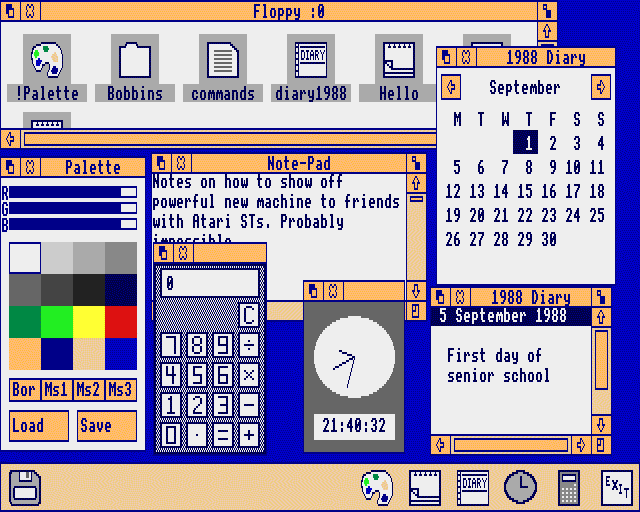
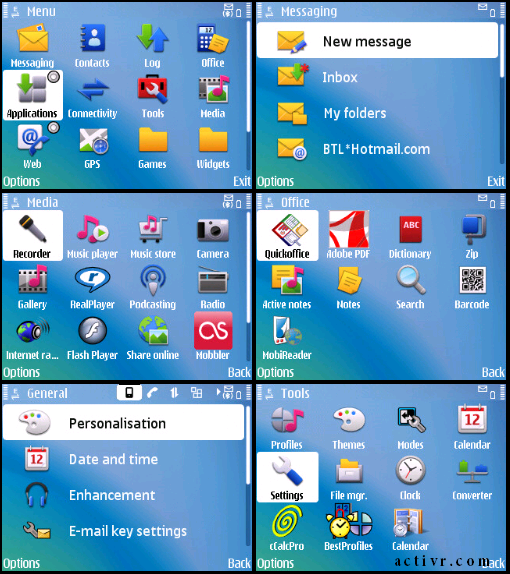
No comments:
Post a Comment